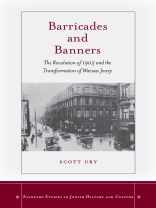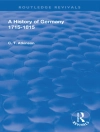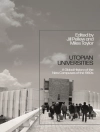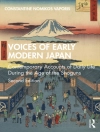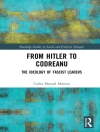This book examines the intersection of urban society and modern politics among Jews in turn of the century Warsaw, Europe’s largest Jewish center at the time. By focusing on the tumultuous events surrounding the Revolution of 1905, Barricades and Banners argues that the metropolitanization of Jewish life led to a need for new forms of community and belonging, and that the ensuing search for collective and individual order gave birth to the new institutions, organizations, and practices that would define modern Jewish society and politics for the remainder of the twentieth century.
表中的内容
List of Maps, Figures, and Tables
Naming, Dating, Placing, and Other Methodological Dilemmas
Acknowledgments
Introduction: Between Past and Present
1. Warsaw before 1905: One City, Many Stories
2. Urbanization, Community, and the Crisis of Modernity: Jewish Society in Turn-of-the-Century Warsaw
3. Revolution, Jews, and the Streets of Warsaw: Between Secret Cells and Popular Politics
4. The Rise of the Jewish Public Sphere: Coffeehouses, Theaters, and Newspapers
5. From Public Sphere to Public Will: The Elections to the Russian State Duma and the Politicization of Ethnicity
6. Democracy and Its Discontents: The Image of ‘the Jews’ and the Transformation of Polish Politics
Conclusion: Politics, Order, and the Dialectics of Jewish Modernity
Notes
Bibliography
Index
关于作者
Scott Ury is Senior Lecturer in Tel Aviv University’s Department of Jewish History, where he also serves as head of the Stephen Roth Center for the Study of Contemporary Antisemitism and Racism.
